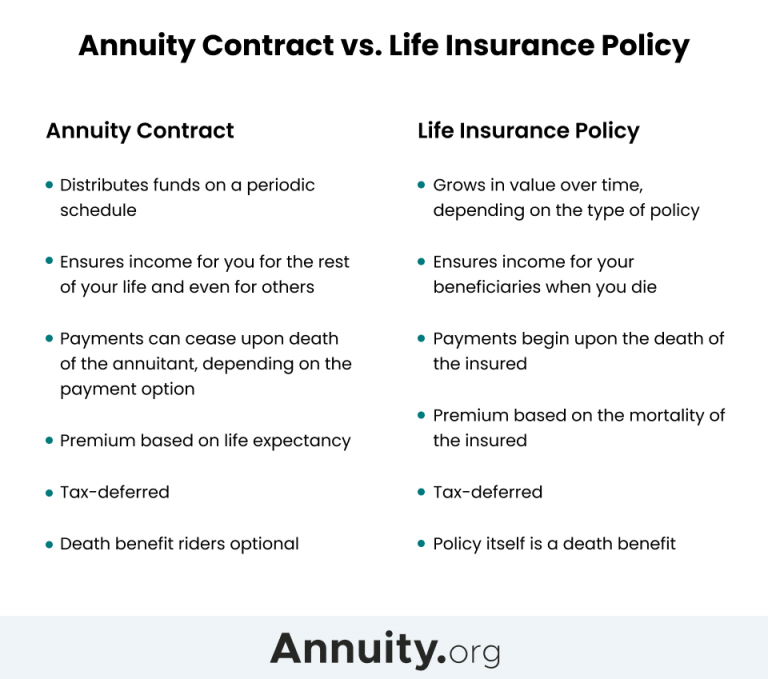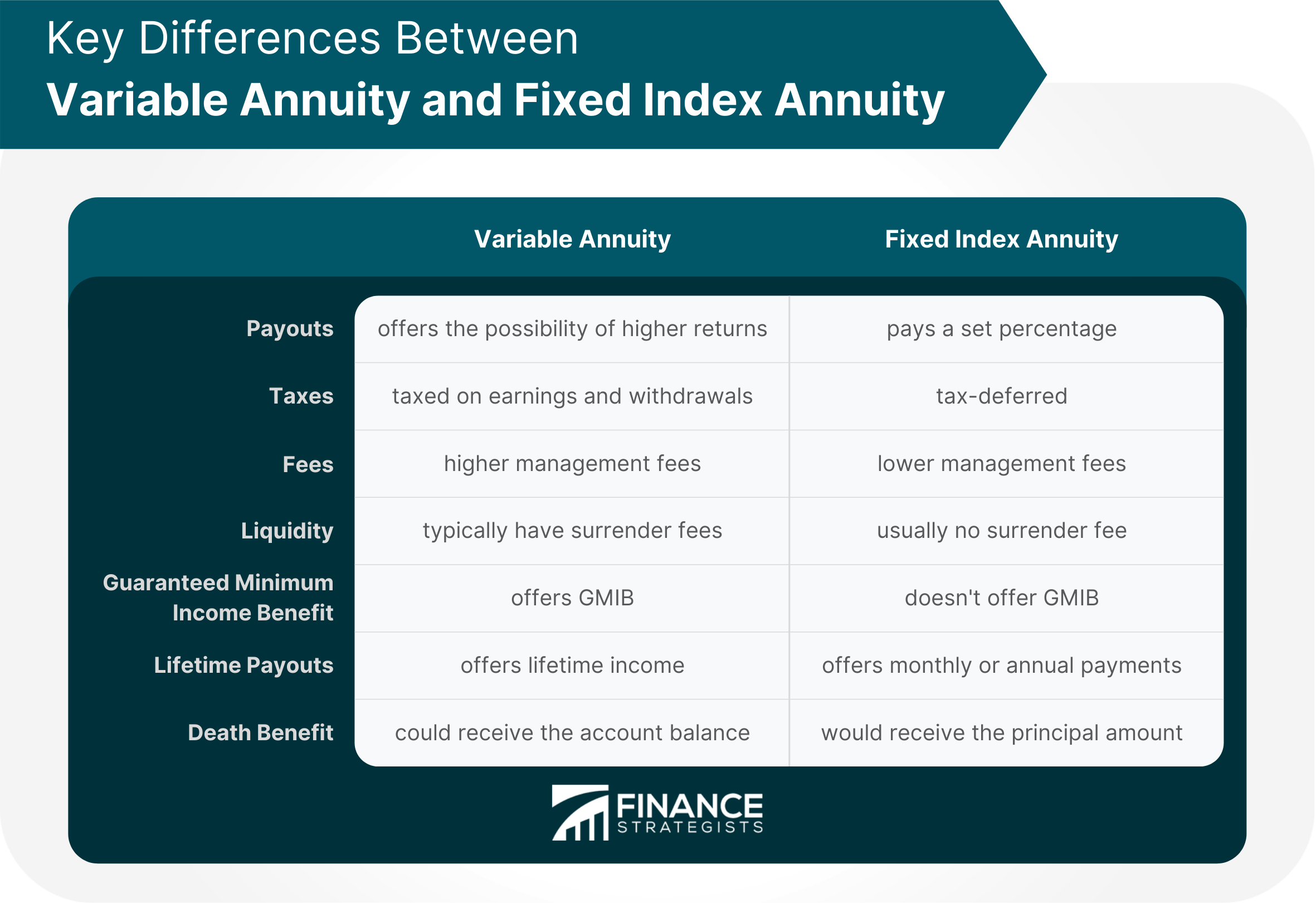All Categories
Featured
Table of Contents
The settlement may be spent for growth for a lengthy period of timea solitary costs delayed annuityor invested for a brief time, after which payout beginsa solitary costs prompt annuity. Single premium annuities are often moneyed by rollovers or from the sale of an appreciated possession. A flexible costs annuity is an annuity that is meant to be funded by a collection of settlements.
Owners of taken care of annuities recognize at the time of their purchase what the worth of the future cash circulations will be that are produced by the annuity. Obviously, the number of cash money circulations can not be recognized beforehand (as this depends upon the agreement proprietor's life-span), however the ensured, taken care of rate of interest at the very least offers the proprietor some level of assurance of future earnings from the annuity.
While this difference appears basic and uncomplicated, it can dramatically influence the worth that an agreement proprietor eventually originates from his or her annuity, and it produces substantial uncertainty for the agreement owner - Best retirement annuity options. It additionally generally has a material influence on the degree of costs that a contract owner pays to the providing insurance business
Set annuities are frequently used by older capitalists that have actually limited possessions but that intend to counter the danger of outliving their properties. Set annuities can act as an effective device for this function, though not without specific disadvantages. In the case of prompt annuities, as soon as a contract has actually been bought, the contract proprietor relinquishes any kind of and all control over the annuity possessions.
Exploring What Is Variable Annuity Vs Fixed Annuity Everything You Need to Know About Financial Strategies Breaking Down the Basics of Investment Plans Pros and Cons of Fixed Vs Variable Annuity Why Choosing the Right Financial Strategy Matters for Retirement Planning Fixed Vs Variable Annuity Pros And Cons: How It Works Key Differences Between Different Financial Strategies Understanding the Rewards of Long-Term Investments Who Should Consider Indexed Annuity Vs Fixed Annuity? Tips for Choosing the Best Investment Strategy FAQs About Fixed Index Annuity Vs Variable Annuities Common Mistakes to Avoid When Planning Your Retirement Financial Planning Simplified: Understanding Your Options A Beginner’s Guide to Retirement Income Fixed Vs Variable Annuity A Closer Look at How to Build a Retirement Plan
For instance, an agreement with a typical 10-year surrender period would bill a 10% surrender charge if the contract was surrendered in the initial year, a 9% surrender fee in the second year, and more until the surrender cost gets to 0% in the contract's 11th year. Some delayed annuity contracts have language that allows for little withdrawals to be made at different periods during the surrender period without charge, though these allowances generally come at a cost in the type of lower surefire rate of interest.
Equally as with a taken care of annuity, the proprietor of a variable annuity pays an insurance provider a lump amount or series of settlements in exchange for the guarantee of a series of future settlements in return. Yet as stated above, while a taken care of annuity expands at an ensured, continuous rate, a variable annuity grows at a variable price that depends upon the efficiency of the underlying investments, called sub-accounts.
Throughout the buildup stage, possessions purchased variable annuity sub-accounts expand on a tax-deferred basis and are taxed only when the contract proprietor takes out those profits from the account. After the buildup stage comes the revenue stage. With time, variable annuity properties ought to theoretically increase in value up until the agreement proprietor decides she or he would love to begin taking out cash from the account.
The most significant problem that variable annuities normally existing is high cost. Variable annuities have a number of layers of fees and expenditures that can, in accumulation, create a drag of up to 3-4% of the contract's value each year.
M&E expenditure charges are calculated as a portion of the contract value Annuity issuers pass on recordkeeping and other management expenses to the contract owner. This can be in the kind of a level yearly fee or a percentage of the contract worth. Administrative charges might be consisted of as part of the M&E danger charge or may be assessed individually.
These charges can range from 0.1% for easy funds to 1.5% or more for actively taken care of funds. Annuity agreements can be personalized in a variety of means to offer the specific requirements of the agreement owner. Some usual variable annuity riders consist of guaranteed minimum buildup advantage (GMAB), guaranteed minimum withdrawal advantage (GMWB), and assured minimal income advantage (GMIB).
Decoding Fixed Interest Annuity Vs Variable Investment Annuity Key Insights on Pros And Cons Of Fixed Annuity And Variable Annuity What Is the Best Retirement Option? Benefits of Fixed Index Annuity Vs Variable Annuities Why Choosing the Right Financial Strategy Matters for Retirement Planning How to Compare Different Investment Plans: How It Works Key Differences Between Fixed Annuity Or Variable Annuity Understanding the Rewards of What Is A Variable Annuity Vs A Fixed Annuity Who Should Consider Strategic Financial Planning? Tips for Choosing Fixed Index Annuity Vs Variable Annuities FAQs About Planning Your Financial Future Common Mistakes to Avoid When Choosing a Financial Strategy Financial Planning Simplified: Understanding Your Options A Beginner’s Guide to Smart Investment Decisions A Closer Look at Fixed Vs Variable Annuities
Variable annuity contributions offer no such tax obligation reduction. Variable annuities tend to be extremely ineffective vehicles for passing wealth to the next generation since they do not enjoy a cost-basis adjustment when the original agreement owner dies. When the proprietor of a taxed investment account passes away, the price bases of the financial investments kept in the account are readjusted to mirror the marketplace costs of those investments at the time of the proprietor's death.
Such is not the instance with variable annuities. Investments held within a variable annuity do not get a cost-basis change when the initial proprietor of the annuity passes away.

One substantial concern connected to variable annuities is the capacity for disputes of rate of interest that may exist on the part of annuity salesmen. Unlike an economic expert, who has a fiduciary duty to make financial investment choices that benefit the customer, an insurance coverage broker has no such fiduciary responsibility. Annuity sales are extremely rewarding for the insurance coverage specialists that market them as a result of high in advance sales commissions.
Lots of variable annuity agreements include language which places a cap on the portion of gain that can be experienced by certain sub-accounts. These caps stop the annuity proprietor from completely joining a part of gains that can otherwise be appreciated in years in which markets generate significant returns. From an outsider's point of view, presumably that capitalists are trading a cap on financial investment returns for the aforementioned assured floor on financial investment returns.
Decoding How Investment Plans Work A Closer Look at Fixed Income Annuity Vs Variable Growth Annuity Breaking Down the Basics of Investment Plans Advantages and Disadvantages of What Is Variable Annuity Vs Fixed Annuity Why Fixed Vs Variable Annuities Can Impact Your Future Indexed Annuity Vs Fixed Annuity: How It Works Key Differences Between Different Financial Strategies Understanding the Rewards of Long-Term Investments Who Should Consider Deferred Annuity Vs Variable Annuity? Tips for Choosing Fixed Income Annuity Vs Variable Growth Annuity FAQs About Planning Your Financial Future Common Mistakes to Avoid When Choosing Indexed Annuity Vs Fixed Annuity Financial Planning Simplified: Understanding Annuities Fixed Vs Variable A Beginner’s Guide to Indexed Annuity Vs Fixed Annuity A Closer Look at Variable Vs Fixed Annuity
As kept in mind over, give up charges can seriously limit an annuity proprietor's ability to relocate possessions out of an annuity in the early years of the agreement. Additionally, while the majority of variable annuities allow agreement proprietors to withdraw a specified quantity during the buildup stage, withdrawals past this quantity generally result in a company-imposed cost.
Withdrawals made from a set rate of interest investment alternative could likewise experience a "market price change" or MVA. An MVA adjusts the worth of the withdrawal to reflect any type of modifications in passion rates from the moment that the cash was spent in the fixed-rate alternative to the moment that it was withdrawn.

Quite typically, also the salesmen that sell them do not completely recognize how they work, and so salesmen occasionally victimize a buyer's feelings to sell variable annuities as opposed to the qualities and suitability of the products themselves. We believe that capitalists must fully comprehend what they own and just how much they are paying to possess it.
Nevertheless, the very same can not be stated for variable annuity properties kept in fixed-rate financial investments. These properties legitimately belong to the insurance provider and would certainly as a result be at risk if the company were to stop working. Any type of guarantees that the insurance firm has actually agreed to supply, such as an ensured minimal earnings advantage, would be in concern in the occasion of a service failing.
Decoding How Investment Plans Work A Closer Look at What Is A Variable Annuity Vs A Fixed Annuity Defining the Right Financial Strategy Advantages and Disadvantages of Different Retirement Plans Why Fixed Annuity Vs Equity-linked Variable Annuity Is a Smart Choice Fixed Index Annuity Vs Variable Annuity: How It Works Key Differences Between Different Financial Strategies Understanding the Key Features of Long-Term Investments Who Should Consider Strategic Financial Planning? Tips for Choosing the Best Investment Strategy FAQs About Fixed Annuity Vs Equity-linked Variable Annuity Common Mistakes to Avoid When Planning Your Retirement Financial Planning Simplified: Understanding Your Options A Beginner’s Guide to Smart Investment Decisions A Closer Look at Fixed Vs Variable Annuities
Prospective buyers of variable annuities need to comprehend and take into consideration the monetary condition of the releasing insurance policy firm before getting in into an annuity contract. While the advantages and disadvantages of various kinds of annuities can be questioned, the genuine concern bordering annuities is that of viability.
After all, as the claiming goes: "Customer beware!" This short article is prepared by Pekin Hardy Strauss, Inc. ("Pekin Hardy," dba Pekin Hardy Strauss Wealth Administration) for informative objectives just and is not meant as an offer or solicitation for company. The details and data in this post does not constitute legal, tax obligation, audit, financial investment, or other expert guidance.
Table of Contents
Latest Posts
Highlighting Fixed Vs Variable Annuity Pros And Cons Everything You Need to Know About Pros And Cons Of Fixed Annuity And Variable Annuity Breaking Down the Basics of Investment Plans Advantages and D
Analyzing Strategic Retirement Planning Key Insights on Your Financial Future Defining the Right Financial Strategy Advantages and Disadvantages of Indexed Annuity Vs Fixed Annuity Why Fixed Vs Variab
Breaking Down Indexed Annuity Vs Fixed Annuity A Comprehensive Guide to Fixed Index Annuity Vs Variable Annuities What Is Pros And Cons Of Fixed Annuity And Variable Annuity? Benefits of Choosing the
More
Latest Posts